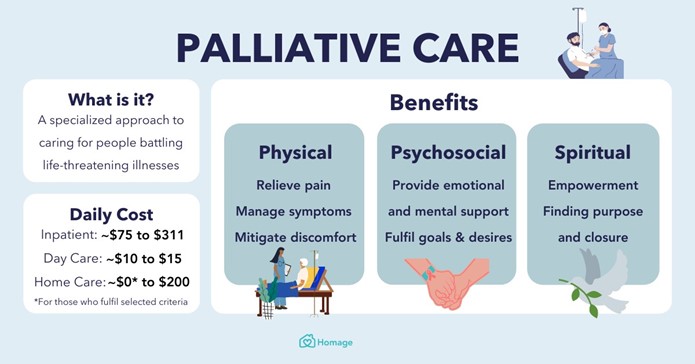A nurse is caring for a client who has a chest tube following thoracic surgery. Which of the following tasks should the nurse delegate to an assistive personnel?
Monitor the characteristics of the client's chest tube drainage.
Evaluate the client's response to pain medication.
Teach deep breathing and coughing to the client.
Assist the client to select food choices from the menu.
The Correct Answer is D
When caring for a client who has a chest tube following thoracic surgery, the nurse can delegate the task of assisting the client to select food choices from the menu to an assistive personnel. This task is within the scope of practice of an assistive personnel and does not require the specialized knowledge or judgment of a nurse.
Option a is incorrect because monitoring the characteristics of the client's chest tube drainage requires specialized knowledge and should not be delegated.
Option b is incorrect because evaluating the client's response to pain medication requires specialized knowledge and should not be delegated.
Option c is incorrect because teaching deep breathing and coughing to the client requires specialized knowledge and should not be delegated.
Nursing Test Bank
Naxlex Comprehensive Predictor Exams
Related Questions
Correct Answer is A
Explanation
When providing end-of-life care for a client, the nurse should encourage the client to make choices regarding their hygiene. This allows the client to have some control over their care and can help them feel more comfortable.
Option b is incorrect because offering the client sips of a citrus flavored soda may not be appropriate for all clients and should be based on individual preferences and needs.
Option c is incorrect because positioning the client supine in bed may not be comfortable for all clients and should be based on individual preferences and needs.
Option d is incorrect because suctioning the client's airway every hour may not be necessary and should be based on individual needs.

Correct Answer is D
Explanation
The client's statement that they will place the suppository as far inside their vagina as they can reach indicates an understanding of the teaching. This ensures that the medication is delivered to the site of infection.
a. The client should continue to use the medication for the full course of treatment, even if their symptoms improve before the treatment is complete.
b. The client can lie on their back or side to insert the suppository; there is no specific requirement to lie on their left side.
c. Lubricant is not typically necessary for the insertion of a vaginal suppository.

Whether you are a student looking to ace your exams or a practicing nurse seeking to enhance your expertise , our nursing education contents will empower you with the confidence and competence to make a difference in the lives of patients and become a respected leader in the healthcare field.
Visit Naxlex, invest in your future and unlock endless possibilities with our unparalleled nursing education contents today
Report Wrong Answer on the Current Question
Do you disagree with the answer? If yes, what is your expected answer? Explain.
Kindly be descriptive with the issue you are facing.
